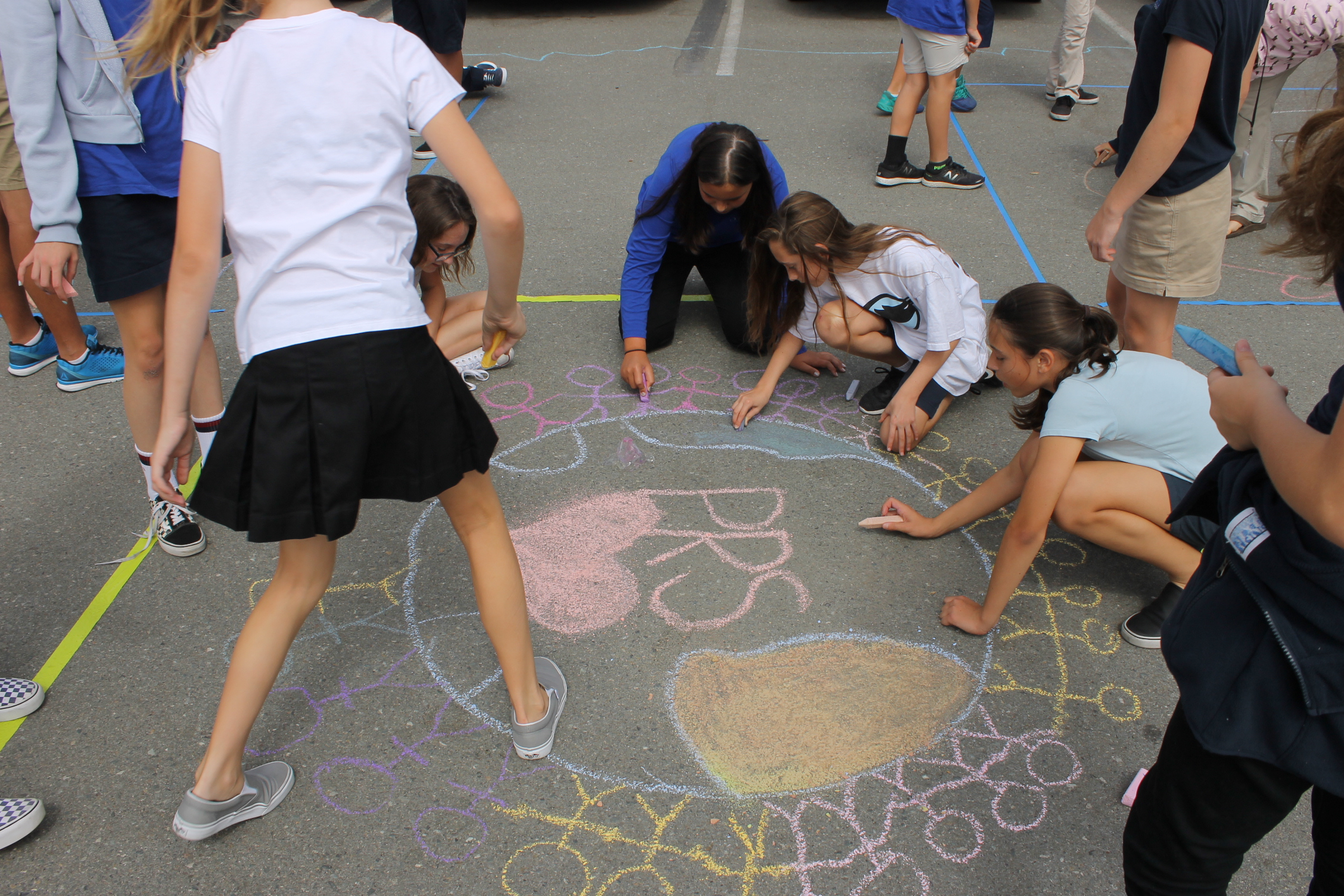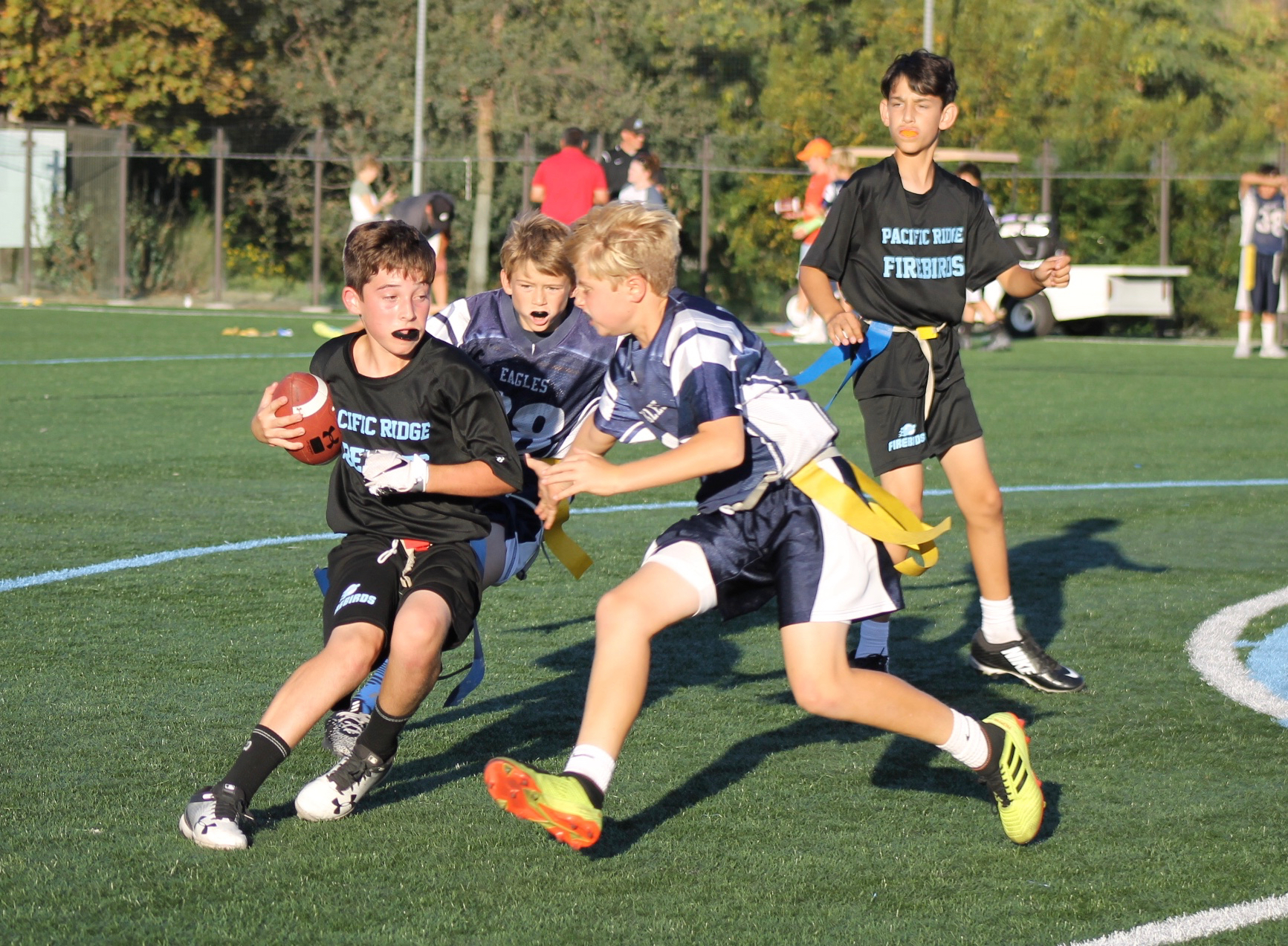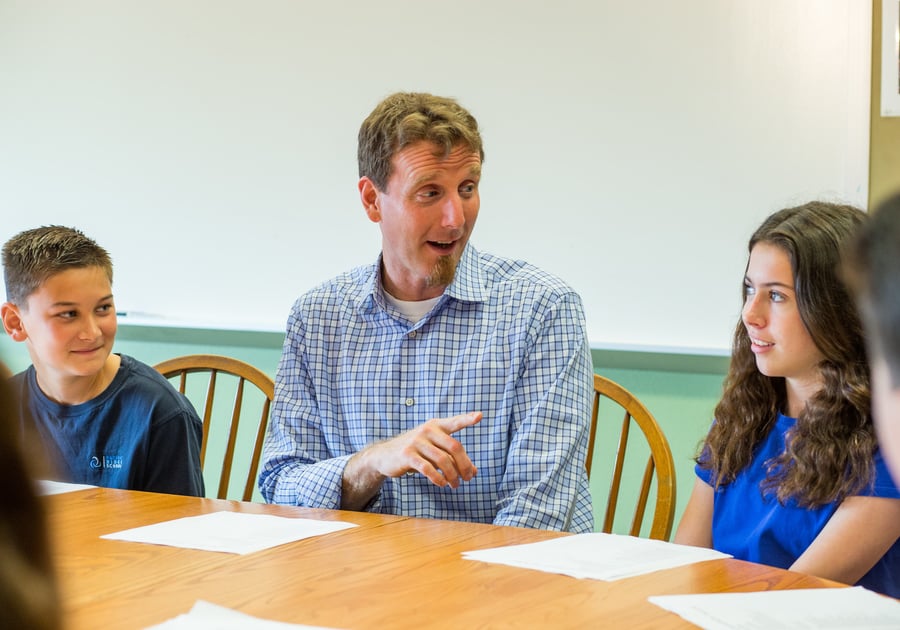Recently at our back to school night, I heard a phrase that I hear every year from a number of parents: “I hated middle school!” It’s no wonder why middle school gets a bad rap. In early adolescence, children go through extensive physical, emotional and social changes that can be challenging for them to manage. Middle schools, charged with bridging the gap between elementary school and high school, often introduce increased expectations and larger grade and class sizes, mixing together children who may be at widely varying stages of development. It’s a time of vulnerability that many adults recall with distaste or have completely blocked from their memory.
However, with the right combination of factors, middle school can be fun, engaging and inspiring, laying the groundwork for confidence and success in high school and beyond.
 |
Here are five factors that can make the difference:
- Culture: The community environment of middle school is especially important given the social insecurity of early adolescence. Incidences of teasing and bullying can increase during these years, as children seek to define themselves through external validation and vie for social standing, sometimes in unhealthy ways. True learning and growth can only happen in middle school when students feel happy and safe, allowing them to take risks and truly engage in all social and academic opportunities. Students must feel accepted and respected for who they are and given inspiration for who they may become. School culture is created by all community members through shared values, experiences, and the belief in the mission of the school.
- Class size: Class size dictates how students interact with the teacher, each other and the curriculum. In large classes, teachers can spend a good deal of time managing adolescent behavior instead of focusing on teaching and getting to know their students. For students, paying attention while surrounded by classmates unsuccessfully trying to do the same is a tall task indeed. In contrast, the intimacy of our smaller classes promotes better behavior and allows teachers to engage fully with their students, learning what interests and motivates each. They have time to challenge students, keep them involved and routinely check for understanding, producing a strong synergy as a class and deeper learning experiences throughout the year.
- Teachers: Given all the distractions of adolescence, it takes a special kind of teacher to successfully reach and teach students in middle school. One of the mottos of our middle school teaching staff is: “We embrace the excitement, the growth, and the mess that is middle school.” These teachers understand adolescents and appreciate their directness, their sensitivity, their energy, and even their humor. They build authentic relationships with students, finding ways to validate who they are as individuals. Excellent middle school teachers recognize that making mistakes is a characteristic of this developmental age and present essential opportunities for true growth and learning.
- Curriculum: Like the rest of us, middle schoolers want to learn things that are interesting and relevant. A traditional, rigid curriculum that separates knowledge into silos limits the possibilities of what can be learned and loses the potential to inspire. In contrast, a middle school curriculum that places the student at the center of their learning, connects concepts and disciplines, values self-expression and applies to the real world can excite middle school students, who are primed to broaden their intellectual horizons beyond elementary school offerings.
- Balance: Juggling school, outside activities, and the increased need to socialize can be especially trying for middle schoolers, as they require more time just when the need for sleep and family connection becomes stronger. An aspect of our school that I appreciate is how we incorporate clubs, weekly off-campus service learning trips, assemblies, advisory time, skills classes, and PE/athletics into the school day. We feel these are so important, we refer to them as “co-curriculars.” Many of our students engage in activities after school as well, but even those who don’t get a daily dose of non-academic stimulation and skill development. Plus, exposing students to new experiences, ideas, challenges, and people keeps them moving and thinking in different ways.
To learn more about Pacific Ridge School’s Harkness classrooms, curriculum and co-curricular offerings, visit pacificridge.org. To register for our December 1 Open House, visit pacificridge.org/openhouse
 |



